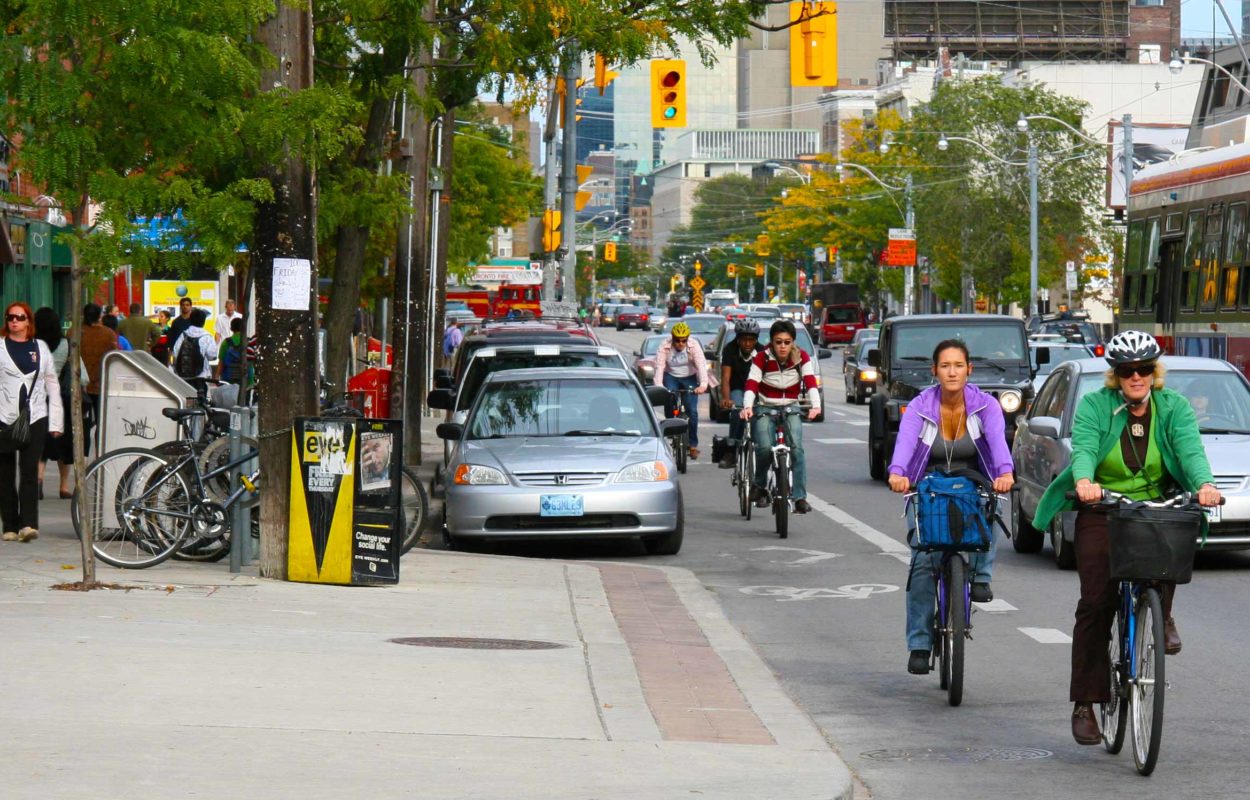
Last month, TCAT Director Nancy Smith Lea moderated a panel titled “Taking the lane: Accelerating active transportation in the face of AVs” at the Conference Board of Canada conference “Automated Vehicles 2017: Planning the Next Disruptive Technology.” In considering a move toward the mainstream adoption of driverless vehicles, it is important to understand how our existing roads will accommodate these vehicles.
Paul Hess (Associate Professor, Department of Geography and Program in Planning, University of Toronto), and Jason Neudorf, (Transportation Planner, WSP) participated in the panel, which highlighted some of the potential impacts of AV on active transportation. Among them, the panel highlighted the issues of street design, safety, and parking – issues that are often at the core of active transportation projects.
If AVs can deliver the improvements to safety and parking that they advertise, cities have an opportunity to get ahead of the curve and redesign streets that make more efficient use of space, facilitating Complete Streets and providing better spaces for pedestrians and cyclists.
However, despite the technological progress and promises for a better built environment, there are still lots of unknowns. The details of just how much parking (or stopping) space AVs will require remains to be seen, especially if the popularity of using AVs increases traffic. On the road, all users need to be assured that interactions between vehicles and vulnerable road uses are safe; observers note that there is still work to be done as these vehicles hit the road.
For more information on the Conference Board of Canada’s series on Autonomous Vehicles, visit the conference website.
